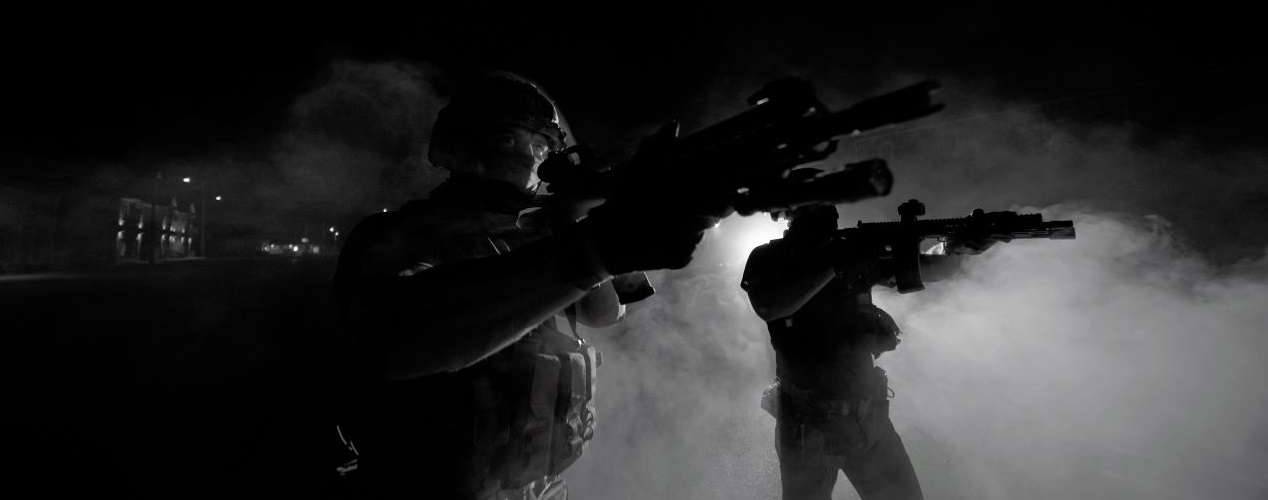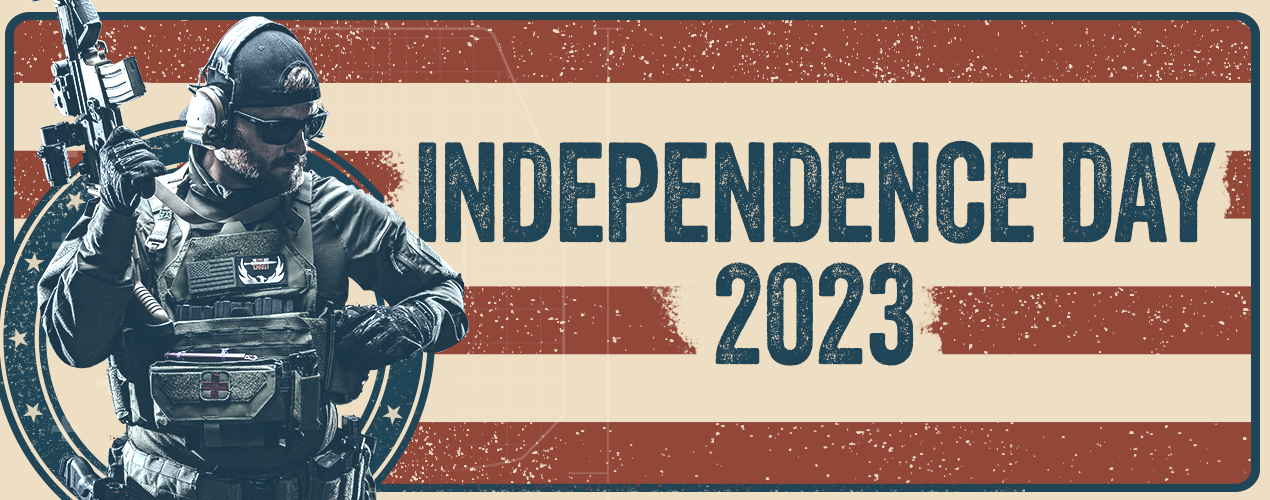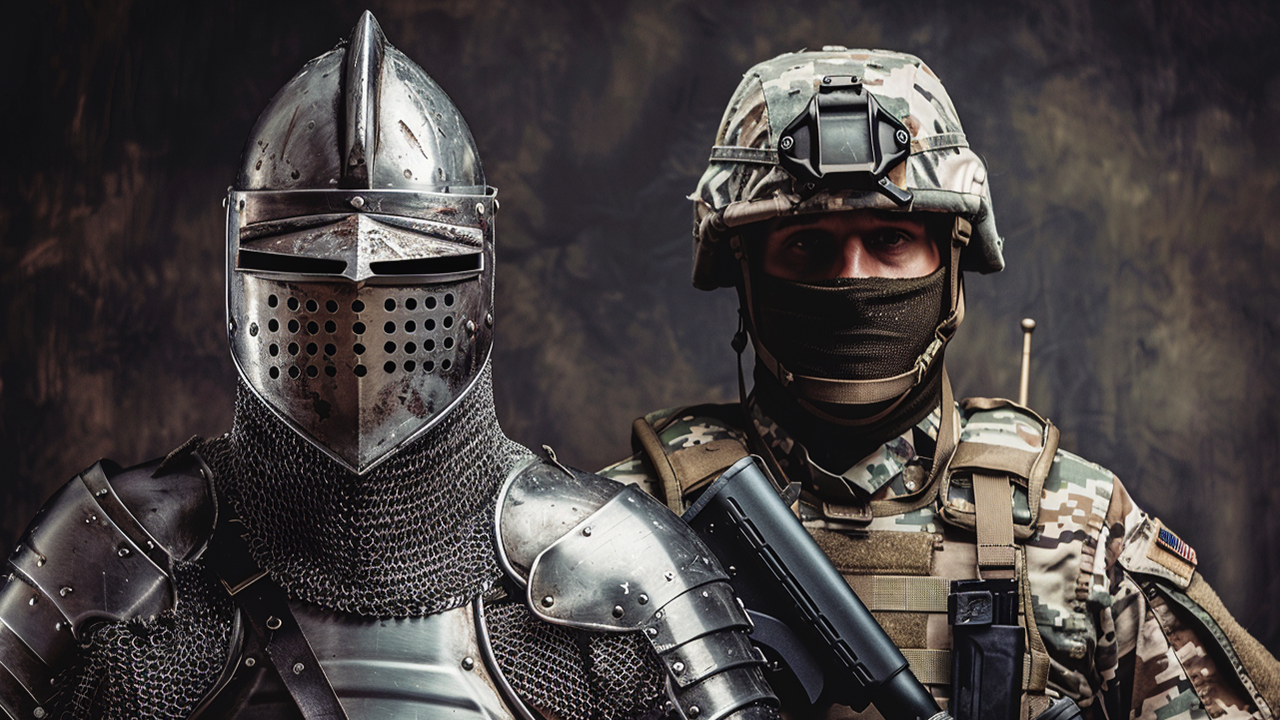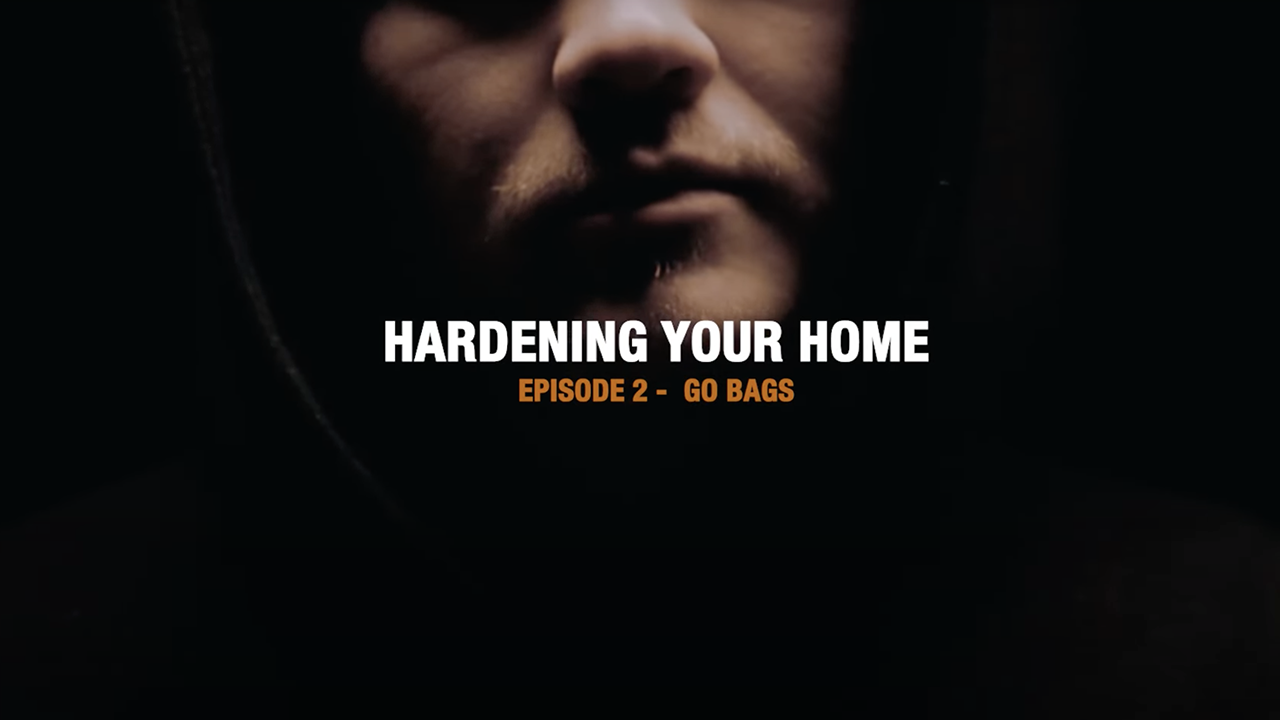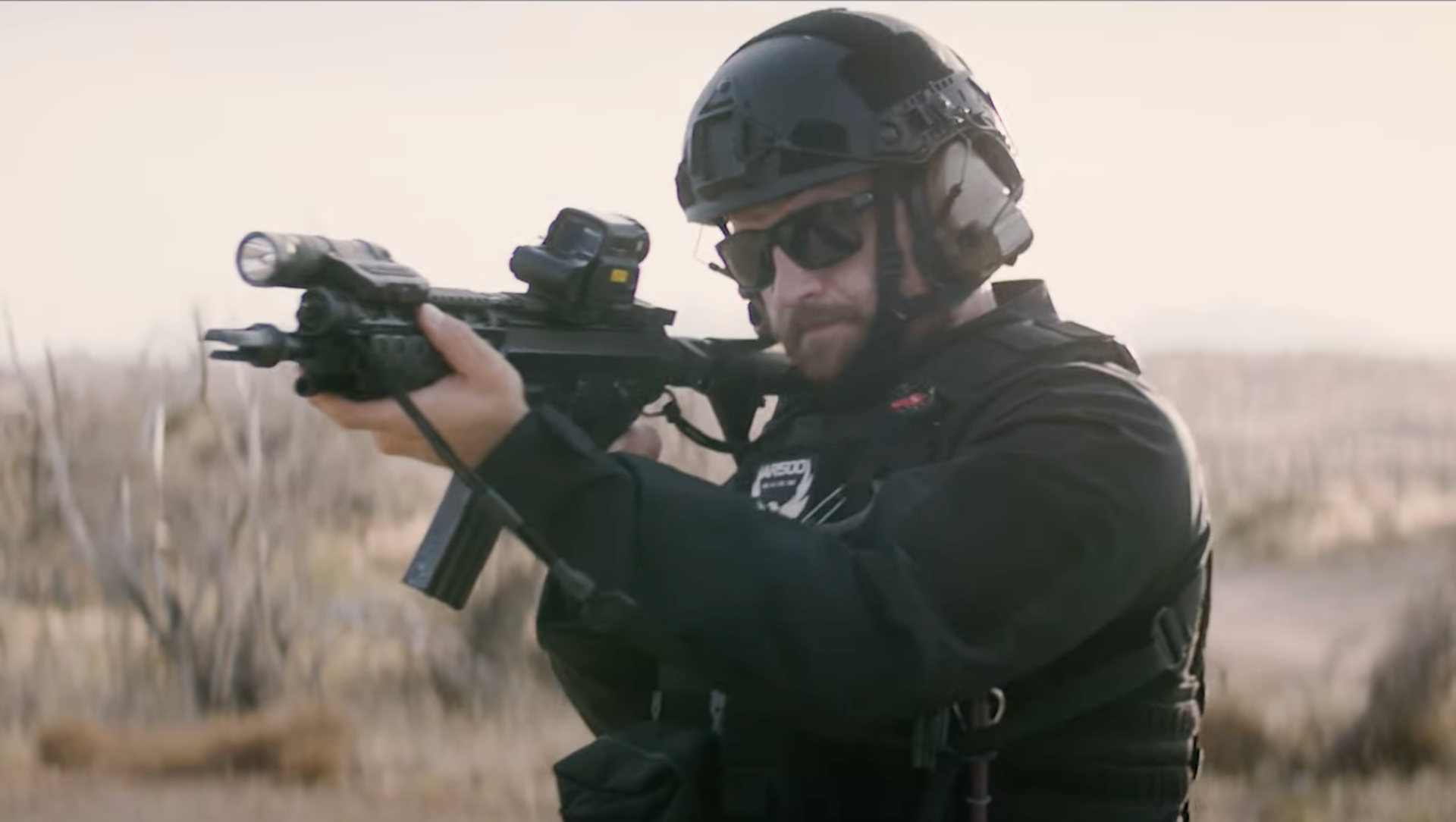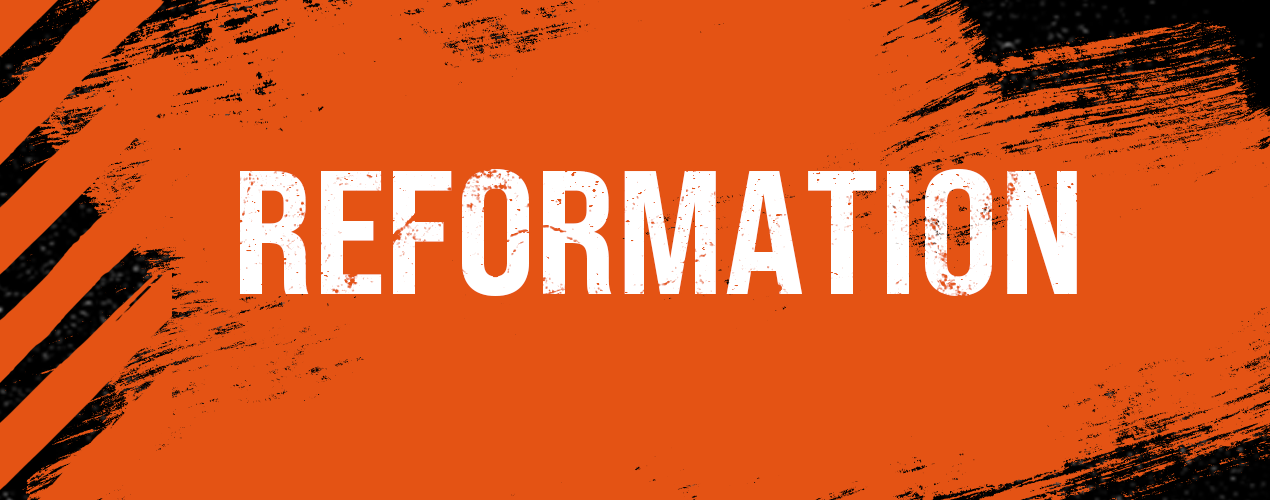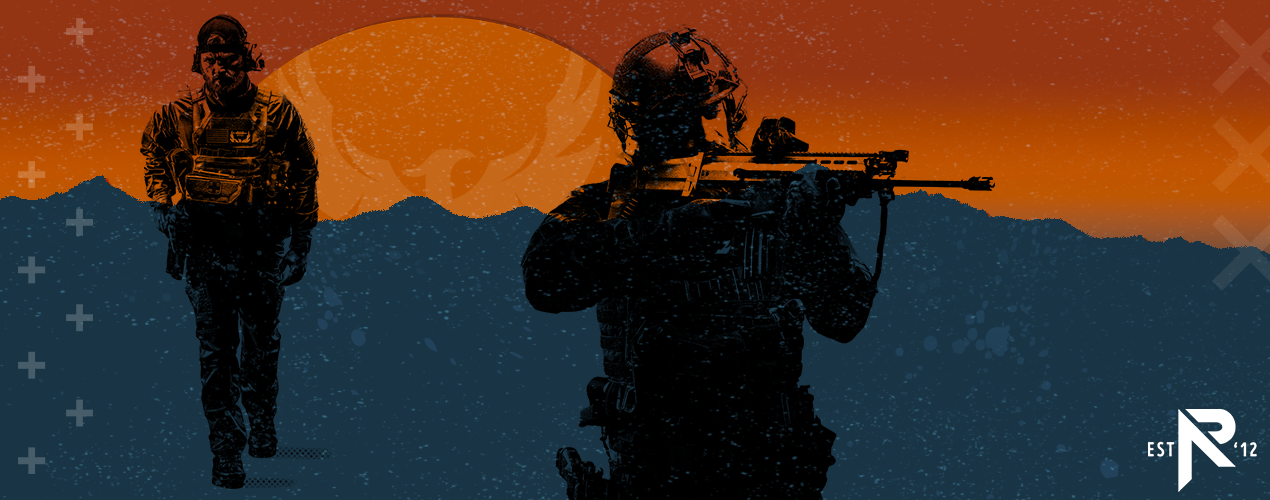Will You Be the First Responder?
- By Logan Reece
- Jun 1, 2023
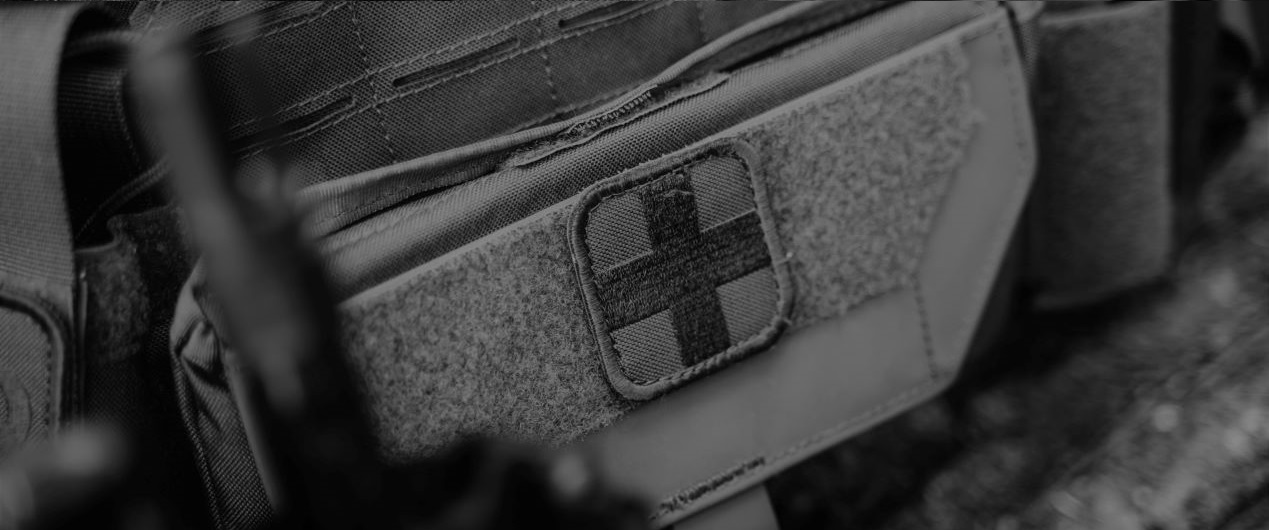
Twice a day, five days a week, this is the road you take to and from work. It’s a skinny little road, but a nice one. It connects just a few houses to the highway, including yours, so it doesn’t see much traffic. Also, in rather idyllic fashion, the road curves very tightly around a large hill on its path to the highway. In wintertime, a shroud of snow adds to the rural atmosphere.
Idyllic fancies aside, however, you are also periodically reminded that this sharp curve makes the road an immensely dangerous chokepoint. The unsuspecting, if caught in the wrong place at the wrong time, may be suddenly and dramatically punished here.
Today, someone was in the wrong place at the wrong time. Thankfully, it wasn’t you.
As you approach the curve in the road, a motorcycle zooms around you to save some precious time to the highway. He may have been late to his destination; he may have just been impatient. But whatever the case may be, he made a misstep, and is surprised to find a minivan is also using the road to go the opposite direction.
The minivan, not expecting anyone either, swerves to try to avoid collision. The motorcyclist clips the edge before darting away and subsequently falls off his bike, getting bruised and cut all over as a result.
Today, providence seems to have called you to action once again. Parking on the side of the road with your hazard lights on, you call emergency services to let them know of the collision and of the injured motorist. Now it’s time to get to work. You grab your in-vehicle IFAK and head out.
You first check to see if anyone needs immediate help in the van. That way, they could treat themselves with a piece of equipment while you tend to the motorcyclist. Thankfully, no one is hurt. The motorcyclist is, though: he is bleeding profusely in his lower leg, the anterior tibial artery, which is one of the most common injuries in motorcycle crashes.
The biker consents to your treatment, so you start with the simplest solution, applying a compression bandage and wrapping it around the wound. But this wound is large and continues to bleed; you opt to apply a tourniquet, placing it right above the knee and marking the time of application. The priority is to stop blood loss and give emergency services more time.
Several minutes later, an ambulance arrives. But their arrival would have been futile had you not been the first responder.
***
According to one NIH study, EMS personnel in the United States respond to an estimated 37 million 911 calls annually.
That’s a lot of cases where you could be on the scene before EMS is. If you’re prepared, that’s often an opportunity to save someone from either death or life-changing harm.
With that said, an IFAK is the most likely part of your toolkit to come into use in the near future. Do you have one you can rely on?
The AR IFAK V2 was built and optimized so that no part of it is defined by compromise. This kit is made to be used. This kit is something a first responder would be thankful to have.
Right now, you can get the IFAK V2 with a free Lower Back IFAK Pouch. Additionally, you can upgrade it to the multi-use Quick Detach Pouch for just $5.
Be a Good Samaritan. Help your neighbor. Prepare to do so well.
